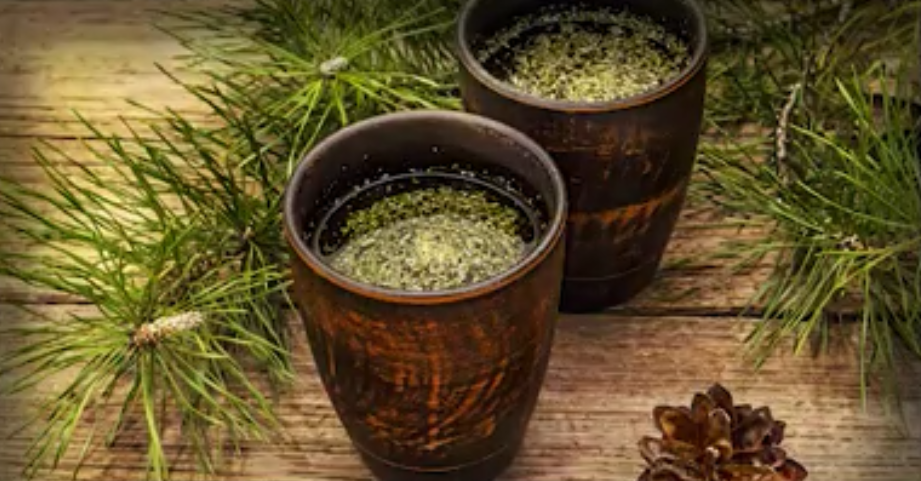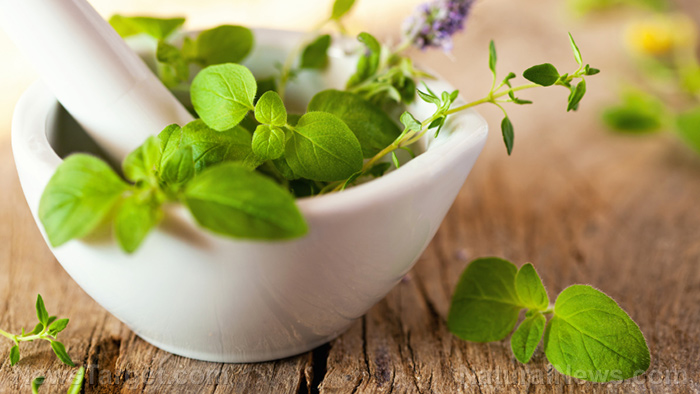The cylindrical snake plant holds many therapeutic benefits
11/14/2018 / By Ralph Flores

Medicinal plants can be found in the unlikely places — sometimes, even in your own backyard. In a study published in Herbal Medicine: Open Access, researchers from India found that the cylindrical snake plant (Sansevieria cylindrica), a succulent found in most gardens and homes as an ornamental plant, contains various phytochemicals that could be used to treat multiple conditions. The team arrived at this conclusion after investigating the physicochemical content, as well as the antioxidant and anti-diabetes properties, of the snake plant.
The snake plant is a perennial plant that’s native to the African subtropics, where it is mainly cultivated for ornamental purposes. However, recent studies on other members of the Asparagaceae family has revealed that these plants are rich sources of phytochemicals, including dicarboxylic acids, phenols, steroidal saponins, saponins, homoisoflavonoids, coumarins, and esters of fatty acids. One such example is the viper’s bowstring hemp (S. trifasciata), which has been traditionally used for inflammation and also an adjuvant therapy for snakebite in South Africa and tropical parts of America. According to the researchers, while scientific literature is available on the antioxidant, antimicrobial, and anti-tumor properties of the snake plant, there is a dearth of information on the anti-diabetes and antioxidant abilities of its leaves.
For this study, the researchers collected an ethanol extract from the leaves of the snake plant, which was processed further to isolate fractions. The resulting compounds were then tested for its antioxidant and anti-diabetes properties. In addition, these were also examined to identify the phytochemical and phenolic contents that make up each compound.
The results indicated that the leaves of the snake plant are a good source of phenolic compounds, which are known for its health benefits. As for its antioxidant properties, the ethanol extract from the leaves inhibited the most amount of free radicals in the DPPH assay, compared to other isolates from the plant. During the assessment for its anti-diabetic properties, however, the methanol fraction had greatly reduced oxidative stress. This helped in preventing glucose degradation, which can result in conditions ultimately leading to diabetes.
The various phytochemicals in the plant, according to the researchers, could be used in various treatments and applications. They also added that further research is needed to fully explore the plant’s antioxidant and anti-diabetes potential.
Other African medicinal plants
The African continent is one of the most biologically diverse places in the world, making it a treasure trove of plants that can be used to treat various diseases. Here are some effective medicinal plants that are native to the region.
- Gum arabic (Acacia senegal) — The plant, which grows in the drier regions of Sub-Saharan Africa, has been used in traditional medicine for a long time. It’s known to be effective against infections like bleeding, bronchitis, diarrhea, gonorrhea, leprosy, typhoid fever, and upper respiratory tract infections. Recent studies, however, have identified gum arabic to be effective against certain bacteria, including E. coli, Staphylococcus aureus, Streptococcus pneumoniae, Klebsiella pneumoniae, Shigella dysenteriae, Salmonella typhi, S. pyogenes, Pseudomonas aeruginosa, and Proteus vulgaris.
- Bitter aloe (Aloe ferrox) — The use of bitter aloe in South Africa is well-documented, as it has several commercial applications and is valued as both food and medicine. While it’s better known as a laxative, it can be topically applied to speed up the healing of wounds or ingested to improve symptoms of cardiovascular diseases, diabetes, and even cancer.
- Devil’s claw (Harpagophytum procumbens) — In traditional African medicine, devil’s claw is widely used — treating conditions which range from allergies and boils to more serious ones such as skin cancers and fibromyalgia. Studies have also confirmed that devil’s claw contains beneficial compounds which have anti-inflammatory and analgesic properties similar to that of prescription medicines — without the adverse effects.
Learn more about other herbs that can treat diabetes at DiabetesScienceNews.com.
Sources include:
Submit a correction >>
Tagged Under:
alternative medicine, anti-diabetes, antioxidants, cylindrical snake plant, herbal medicine, natural cures, natural medicine, plant medicine, Sansevieria cylindrica
This article may contain statements that reflect the opinion of the author
RECENT NEWS & ARTICLES
Herbs.News is a fact-based public education website published by Herbs News Features, LLC.
All content copyright © 2018 by Herbs News Features, LLC.
Contact Us with Tips or Corrections
All trademarks, registered trademarks and servicemarks mentioned on this site are the property of their respective owners.






















